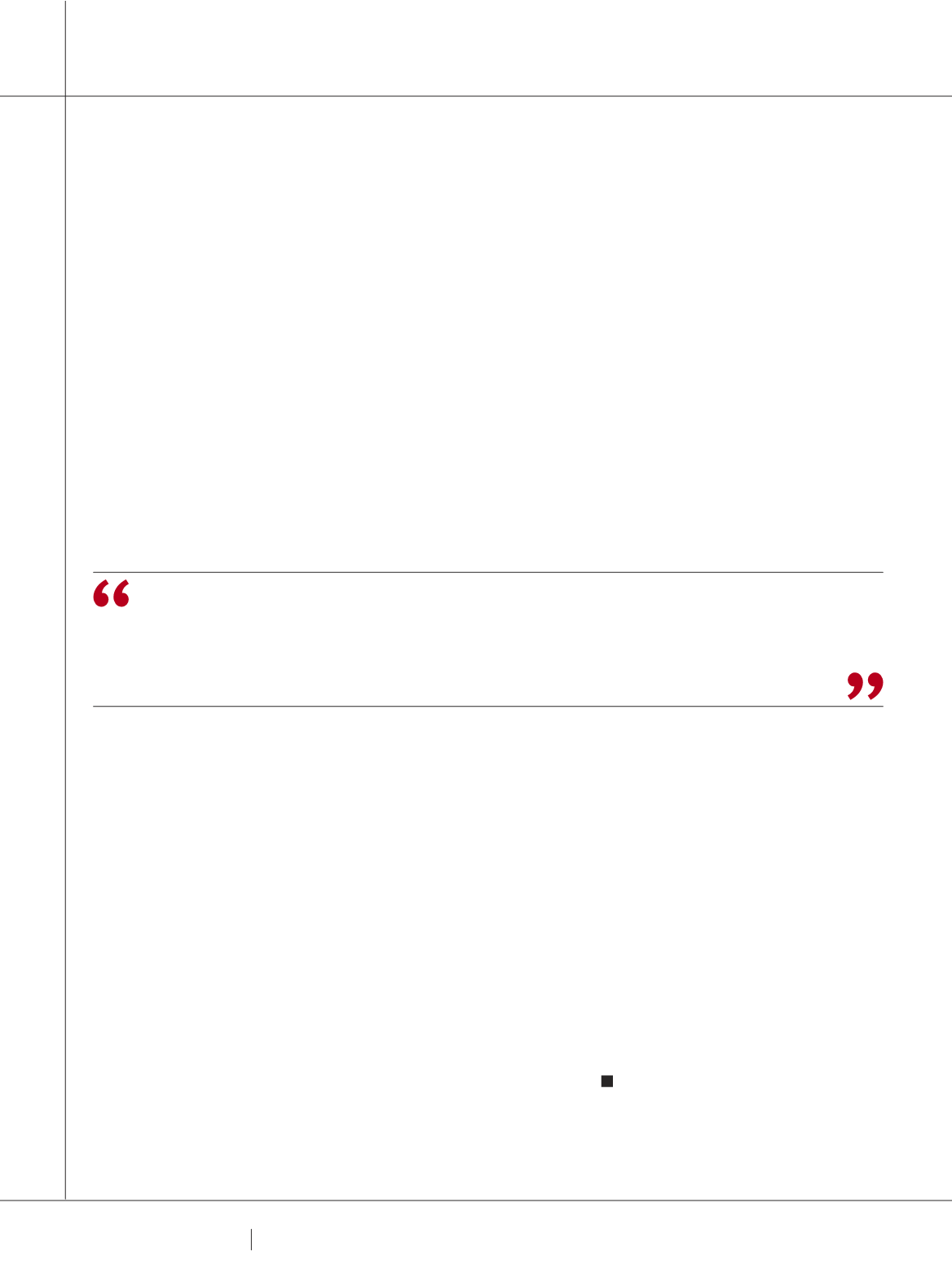

8 2
PLUMBING CONNECTION
AUTUMN 2015
address issues that were raised during the development of
the 2013 editions but were not able to be considered due
to having to meet the project deadline. In addition some
amendments will be developed as a result of feedback
received from the industry since the publication of the
2013 editions of AS/NZS5601.1 and AS/NZS5601.2. An
example of this includes a review of normative appendix R
in AS/NZS5601.1:2013. Appendix R provides a procedure
for determining if a flued gas appliance spills combustion
products including testing under negative pressure
conditions with bathroom exhaust fans and kitchen range
hoods operating. Although AS/NZS5601.1 is an installation
standard and not a servicing standard, commissioning
and checking for the effect of negative pressures have
always been critical components of the standard. The tragic
death of the Robinson boys in 2010 from carbon monoxide
poisoning highlighted the need for gasfitters to check the
effect of negative pressures for both new and existing
installations.
All flued gas appliances are tested under downdraught
conditions prior to certification and must meet strict
emission requirements prior to their release to the market.
The problem arises however when gas appliances are not
maintained with the potential for the appliance to operate
in an unsafe manner due to blockages to primary air for
burners or the build-up of soot in heat exchangers.
Flued gas appliances are also tested for spillage of
combustion products with no downdraught present prior to
certification.
The Standards Australia AG006 committee which is
responsible for the development and maintenance of AS/
NZS5601.1 reviewed the findings of the GTRC CO safety
strategy report following the tragic deaths of the Robinson
boys. It noted that reverse or adverse flow of combustion
products could occur with a 1-2Pa pressure differential if
fans were operated prior to operating a flued gas appliance.
On the other hand a 2-4Pa pressure differential was found
to achieve the same result when fans were operated after a
flued gas appliance was in operation.
As a result the AG006 committee took the conservative
approach with appendix R and decided that fans should be
operated before the gas appliance was operated.
ESV information sheet no. 38 on the other hand
acknowledges that flued gas appliances must be
commissioned first to ensure they are operating at the
correct nominal burner pressure before applying any
negative pressure. The reality is that there is very little
difference in the end result if fans are operated before or
after the appliance is operated. The main concern is that
adverse or reverse flow of combustion products in flued gas
appliances can occur at pressure differentials of between
1-4Pa.
The AG006 committee is now in the process of revising
appendix R and is considering a more practical approach.
That is, the appliance is commissioned first and then
bathroom and exhaust fans are operated. In the event of
spillage being detected, then permanent ventilation would
need to be introduced and the appliance would be rechecked
for spillage of combustion products but this time with fans
operating first.
ESV also published information sheet no. 44 which
provides information on safe exposure levels to carbon
monoxide in an occupational environment. The information
in this information sheet was taken from Worksafe Australia
and recommends that the maximum exposure level to
carbon monoxide averaged over an 8 hour day is 30ppm.
One needs to draw a clear distinction between the level of
carbon monoxide being measured at an appliance and the
level of carbon monoxide that a gasfitter may be exposed
to during testing which is generally much lower. Hence the
importance of gasfitters monitoring not only the appliance
for carbon monoxide but also background levels during
testing.
ESV information sheet no. 44 provides a number of worked
examples that allow a gasfitter to calculate their collective
exposure to carbon monoxide throughout the day.
For plumbers in other states, please check your local
regulations and keep up to date with any changes that may
come into play.
Energy Safe Victoria
www.esv.vic.gov.auALL FLUED GAS APPLIANCES ARE TESTED UNDER DOWNDRAUGHT
CONDITIONS PRIOR TO CERTIFICATION AND MUST MEET STRICT EMISSION
REQUIREMENTS PRIOR TO THEIR RELEASE TO THE MARKET.
ENERGY SAFE
















